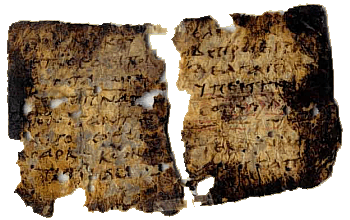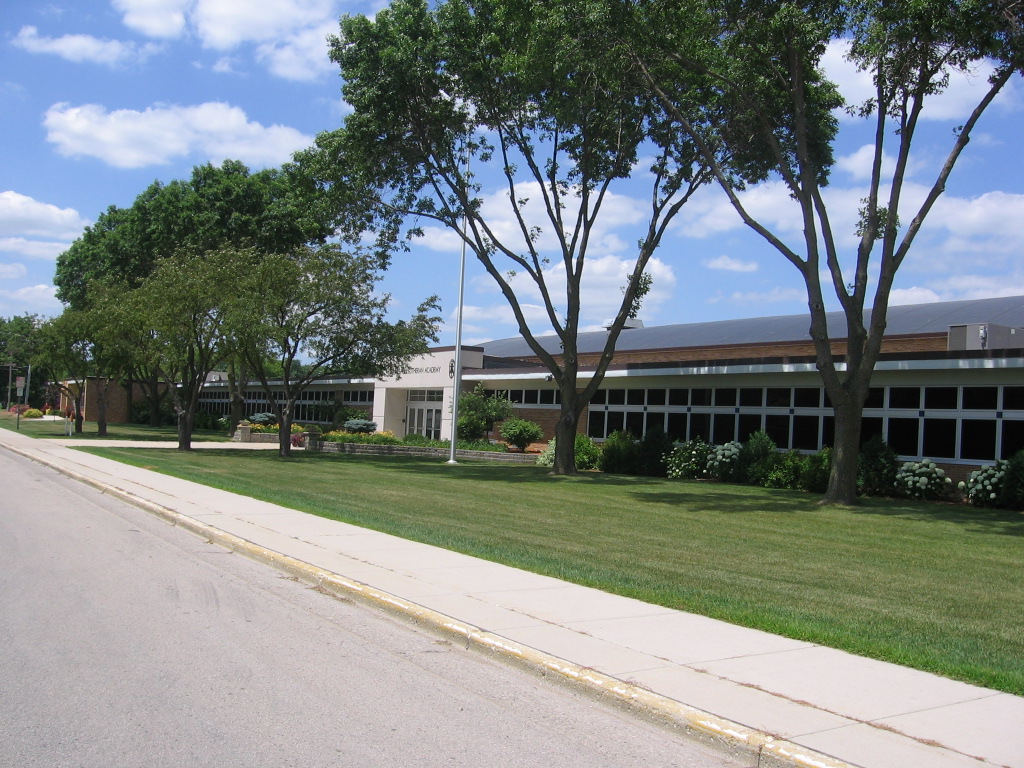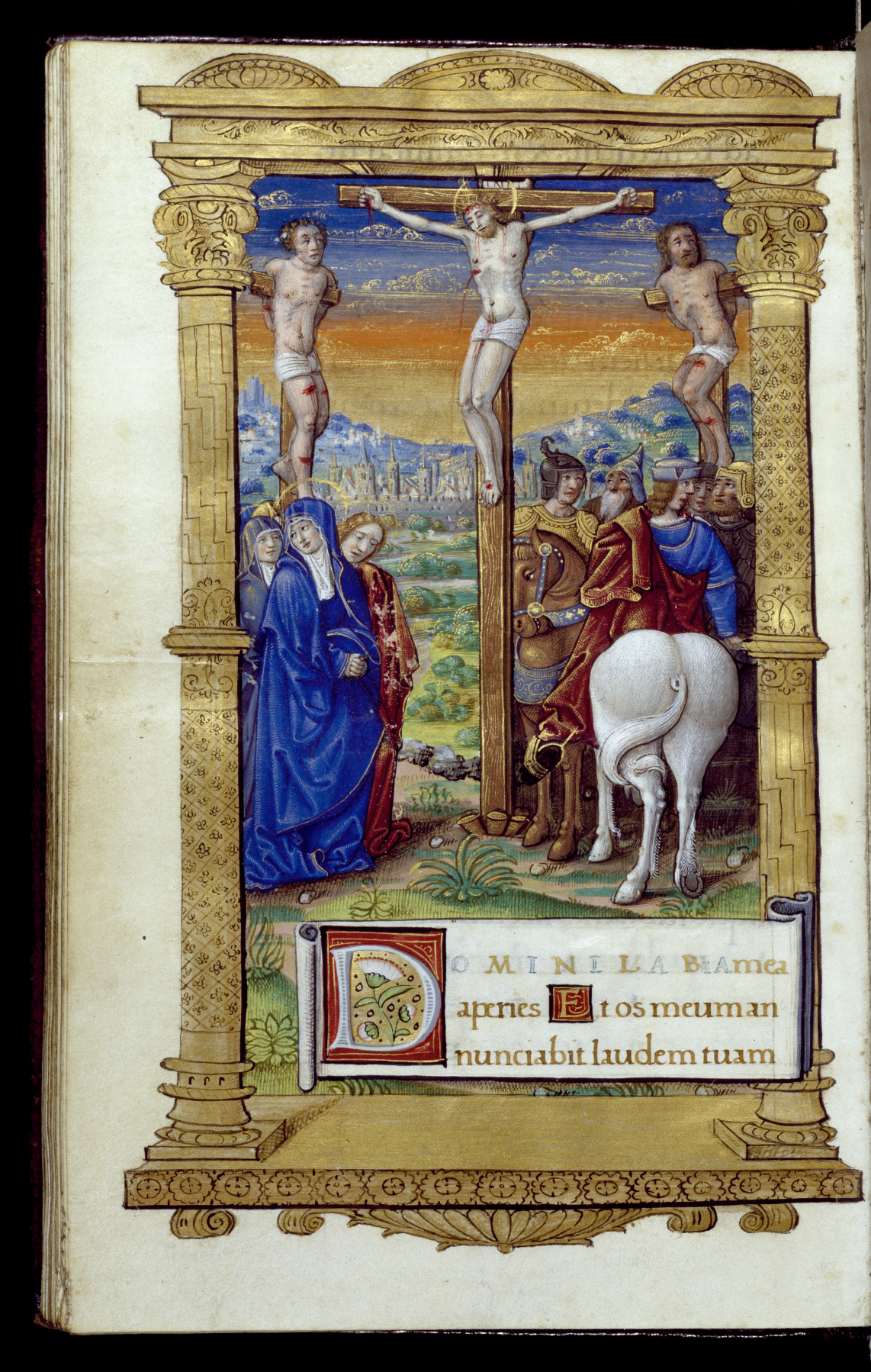|
Church Bell
A church bell is a bell in a church building designed to be heard outside the building. It can be a single bell, or part of a set of bells. Their main function is to call worshippers to the church for a service of worship, but are also rung on special occasions such as a wedding, or a funeral service. In certain Christian traditions, such as Catholicism and Lutheranism, church bells signify to people both inside and outside of the church that a particular part of the service (such as the recitation of the Lord's Prayer or consecration of Holy Communion) has been reached. The ringing of church bells thrice a day occurs in congregations of certain Christian denominations as a call to prayer, reminding the faithful to pray the Lord's Prayer or the Angelus Domini. The traditional European church bell ''(see cutaway drawing)'' used in Christian churches worldwide consists of a cup-shaped metal resonator with a pivoted clapper hanging inside which strikes the sides when the bell ... [...More Info...] [...Related Items...] OR: [Wikipedia] [Google] [Baidu] |
Belltower
A bell tower is a tower that contains one or more bells, or that is designed to hold bells even if it has none. Such a tower commonly serves as part of a Christian church (building), church, and will contain church bells, but there are also many secular bell towers, often part of a municipal building, an educational establishment, or a tower built specifically to house a carillon. Church bell towers often incorporate clocks, and secular towers usually do, as a public service. The term campanile (, also , ), from the Italian ''campanile'', which in turn derives from ''campana'', meaning "bell", is synonymous with ''bell tower''; though in English usage campanile tends to be used to refer to a free standing bell tower. A bell tower may also in some traditions be called a Belfry (architecture), belfry, though this term may also refer specifically to the substructure that houses the bells and the ringers rather than the complete tower. The tallest free-standing bell tower in the wo ... [...More Info...] [...Related Items...] OR: [Wikipedia] [Google] [Baidu] |
Church Bell Cutaway
Church may refer to: Religion * Church (building), a place/building for Christian religious activities and praying * Church (congregation), a local congregation of a Christian denomination * Church service, a formalized period of Christian communal worship * Christian denomination, a Christian organization with distinct doctrine and practice * Christian Church, either the collective body of all Christian believers, or early Christianity Places United Kingdom * Church, a former electoral ward of Kensington and Chelsea London Borough Council that existed from 1964 to 2002 * Church (Liverpool ward), a Liverpool City Council ward * Church (Reading ward), a Reading Borough Council ward * Church (Sefton ward), a Metropolitan Borough of Sefton ward * Church, Lancashire, England United States * Church, Iowa, an unincorporated community * Church Lake, a lake in Minnesota * Church, Michigan, ghost town Arts, entertainment, and media * '' Church magazine'', a pastoral theology magazin ... [...More Info...] [...Related Items...] OR: [Wikipedia] [Google] [Baidu] |
Oriental Orthodox Christian
The Oriental Orthodox Churches are Eastern Christian churches adhering to Miaphysite Christology, with approximately 50 million members worldwide. The Oriental Orthodox Churches adhere to the Nicene Christian tradition. Oriental Orthodoxy is one of the oldest branches in Christianity. As some of the oldest religious institutions in the world, the Oriental Orthodox Churches have played a prominent role in the history and culture of countries and regions such as Armenia, Egypt, Eritrea, Ethiopia, Sudan, the Levant, Iraq and the Malabar region of southern India. As autocephalous churches, their bishops are equal by virtue of episcopal ordination. Their doctrines recognize the validity of only the first three ecumenical councils. The Oriental Orthodox communion is composed of six autocephalous national churches: the Coptic Orthodox Church of Alexandria; the Syriac Orthodox Church of Antioch; the Armenian Apostolic Church comprising the autocephalous Catholicosate of Etchmiadzi ... [...More Info...] [...Related Items...] OR: [Wikipedia] [Google] [Baidu] |
Brill Publishers
Brill Academic Publishers () is a Dutch international academic publisher of books, academic journals, and Bibliographic database, databases founded in 1683, making it one of the oldest publishing houses in the Netherlands. Founded in the South Holland city of Leiden, it maintains its headquarters there, while also operating offices in Boston, Paderborn, Vienna, Singapore, and Beijing. Since 1896, Brill has been a public limited company (). Brill is especially known for its work in subject areas such as Oriental studies, classics, religious studies, Jewish studies, Islamic studies, Asian studies, international law, and human rights. The publisher offers traditional print books, academic journals, primary source materials online, and publications on microform. In recent decades, Brill has expanded to Electronic publishing, digital publishing with ebooks and online resources including databases and specialty collections varying by discipline. History Founding by Luchtmans, 16 ... [...More Info...] [...Related Items...] OR: [Wikipedia] [Google] [Baidu] |
William B
William is a masculine given name of Germanic origin. It became popular in England after the Norman conquest in 1066,All Things William"Meaning & Origin of the Name"/ref> and remained so throughout the Middle Ages and into the modern era. It is sometimes abbreviated "Wm." Shortened familiar versions in English include Will or Wil, Wills, Willy, Willie, Bill, Billie, and Billy. A common Irish form is Liam. Scottish diminutives include Wull, Willie or Wullie (as in Oor Wullie). Female forms include Willa, Willemina, Wilma and Wilhelmina. Etymology William is related to the German given name ''Wilhelm''. Both ultimately descend from Proto-Germanic ''*Wiljahelmaz'', with a direct cognate also in the Old Norse name ''Vilhjalmr'' and a West Germanic borrowing into Medieval Latin ''Willelmus''. The Proto-Germanic name is a compound of *''wiljô'' "will, wish, desire" and *''helmaz'' "helm, helmet".Hanks, Hardcastle and Hodges, ''Oxford Dictionary of First Names'', Oxfor ... [...More Info...] [...Related Items...] OR: [Wikipedia] [Google] [Baidu] |
Didache
The ''Didache'' (; ), also known as ''The Lord's Teaching Through the Twelve Apostles to the Nations'' (), is a brief anonymous early Christian treatise ( ancient church order) written in Koine Greek, dated by modern scholars to the first or (less commonly) second century AD. The first line of this treatise is: "The teaching of the Lord to the Gentiles (or Nations) by the twelve apostles". The text, parts of which constitute the oldest extant written catechism, has three main sections dealing with Christian ethics, rituals such as baptism and Eucharist, and Church organization. The opening chapters describe the virtuous Way of Life and the wicked Way of Death. The Lord's Prayer is included in full. Baptism is by immersion, or by affusion if immersion is not practical. Fasting is ordered for Wednesdays and Fridays. Two primitive Eucharistic prayers are given. Church organization was at an early stage of development. Itinerant apostles and prophets are important, serving as "chie ... [...More Info...] [...Related Items...] OR: [Wikipedia] [Google] [Baidu] |
Wisconsin Evangelical Lutheran Synod
The Wisconsin Evangelical Lutheran Synod (WELS), also referred to simply as the Wisconsin Synod, is an American Confessional Lutheran denomination of Christianity. Characterized as Christian theology, theologically conservative, it was founded in 1850 in Milwaukee, Wisconsin. As of 2022, it had a Baptism#Protestant Reformation, baptized membership of 340,511 in 1,250 Wiktionary:congregation, congregations, with churches in 47 US states and 4 provinces of Canada. The WELS also does gospel outreach in 40 countries around the world. It is the third largest Lutheran denomination in the United States. The WELS school system is the fourth largest private school system in the United States. The WELS is in fellowship with the Evangelical Lutheran Synod (ELS) and is a member of the Confessional Evangelical Lutheran Conference (CELC), a worldwide organization of Lutheran church bodies of the same beliefs. Belief and practice Doctrinal standards The WELS subscribes to the Protestan ... [...More Info...] [...Related Items...] OR: [Wikipedia] [Google] [Baidu] |
Fixed Prayer Times
Fixed prayer times, praying at dedicated times during the day, are common practice in major world religions such as Judaism, Christianity, and Islam. Judaism Jewish law requires Jews to pray thrice a day; the morning prayer is known as Shacharit, the afternoon prayer is known as Mincha, and the evening prayer is known as Maariv. According to Jewish tradition, the prophet Abraham introduced Shacharit, the prophet Isaac introduced Mincha, and the prophet Jacob introduced Maariv. Jews historically Jewish prayer, prayed in the direction of the Temple in Jerusalem, where the "presence of the transcendent God (''shekhinah'') [resided] in the Holy of Holies of the Temple". In the Hebrew Bible, it is written that when the prophet Daniel (biblical figure), Daniel was in Babylon, he "went to his house where he had windows in his upper chamber open to Jerusalem; and he got down upon his knees three times a day and prayed and gave thanks before his God, as he had done previously" (cf. ). Af ... [...More Info...] [...Related Items...] OR: [Wikipedia] [Google] [Baidu] |
Ad Orientem
''Ad orientem'', meaning 'to the east' in Ecclesiastical Latin, is a phrase used to describe the eastward orientation of Christian prayer and Christian worship, comprising the preposition ''ad'' (toward) and ''oriens'' (rising, sunrise, east), participle of ''orior'' (to rise). ''Ad orientem'' has been used to describe the eastward direction of prayer that the early Christians faced when praying, a practice that continues in the Eastern Orthodox Church, Oriental Orthodox churches, Mar Thoma Syrian Church, Assyrian Church of the East, as well as the Eastern Catholic and Eastern Lutheran churches. It was normative in the Roman Catholic Church until the 1960s, and remains so in the Tridentine Mass; some Lutheran and Anglican churches continue to offer their respective liturgies ''ad orientem''. Although the Second Vatican Council never ordered any change from ''ad orientem'' to '' versus populum'', a posture facing the people, in the aftermath of the council the change was neverthe ... [...More Info...] [...Related Items...] OR: [Wikipedia] [Google] [Baidu] |
Canonical Hours
In the practice of Christianity, canonical hours mark the divisions of the day in terms of Fixed prayer times#Christianity, fixed times of prayer at regular intervals. A book of hours, chiefly a breviary, normally contains a version of, or selection from, such prayers. In the Roman Rite of the Catholic Church, canonical hours are also called officium, since it refers to the official prayer of the Church, which is known variously as the ("divine service" or "divine duty"), and the ("work of God"). The current official version of the hours in the Roman Rite is called the Liturgy of the Hours () or ''divine office''. In Lutheranism and Anglicanism, they are often known as the daily office or divine office, to distinguish them from the other "offices" of the Church (e.g. the administration of the sacraments). In the Eastern Orthodox Church, Eastern Orthodox and Byzantine Rite, Byzantine Catholic Churches, the canonical hours may be referred to as the Divine Service (Eastern Or ... [...More Info...] [...Related Items...] OR: [Wikipedia] [Google] [Baidu] |
Christian Prayer
Christian prayer is an important activity in Christianity, and there are several different forms used for this practice. Christian prayers are diverse: they can be completely spontaneous, or read entirely from a text, such as from a breviary, which contains the canonical hours that are said at fixed prayer times. While praying, certain gestures usually accompany the prayers, including folding one's hands, Bowing#Christianity, bowing one's head, kneeling (often in the kneeler of a pew in corporate worship or the kneeler of a prie-dieu in private worship), and Prostration#Christianity, prostration. The most prominent prayer among Christians is the Lord's Prayer, which according to the gospel accounts (e.g. wikisource:Bible (American Standard)/Matthew#6:9, Matthew 6:9-13) is how Jesus in Christianity, Jesus taught his Disciple (Christianity), disciples to pray. The injunction for Christians to pray the Lord's Prayer thrice daily was given in ''Didache'' 8, 2 f., which, in turn, was ... [...More Info...] [...Related Items...] OR: [Wikipedia] [Google] [Baidu] |
Shehimo
Shehimo (, ; English language, English: Book of Common Prayer, also spelled Sh'himo) is the West Syriac Rite, West Syriac Christian breviary of the Syriac Orthodox Church and the West Syriac Rite, West Syriac Saint Thomas Christians of India (Syro-Malankara Catholic ChurchJacobite Syrian Christian Church, , Malankara Jacobite Syrian Church, Malankara Orthodox Syrian Church, Mar Thoma Syrian Church, Marthoma Syrian Church and Malabar Independent Syrian Church, Thozhiyur Church) that contains the seven canonical hours of prayer. The Shehimo includes Bible readings, hymns and other prescribed prayers from the West Syriac Liturgical system. Within the breviary there are certain prayers that are recited at fixed prayer times, seven fixed prayer times, while direction of prayer, facing the east at home or at church. The Shehimo also provides communal prayers as an introduction to the Holy Qurobo, Holy Qurbono. The practice of praying during the canonical hours has its roots taken from ... [...More Info...] [...Related Items...] OR: [Wikipedia] [Google] [Baidu] |









